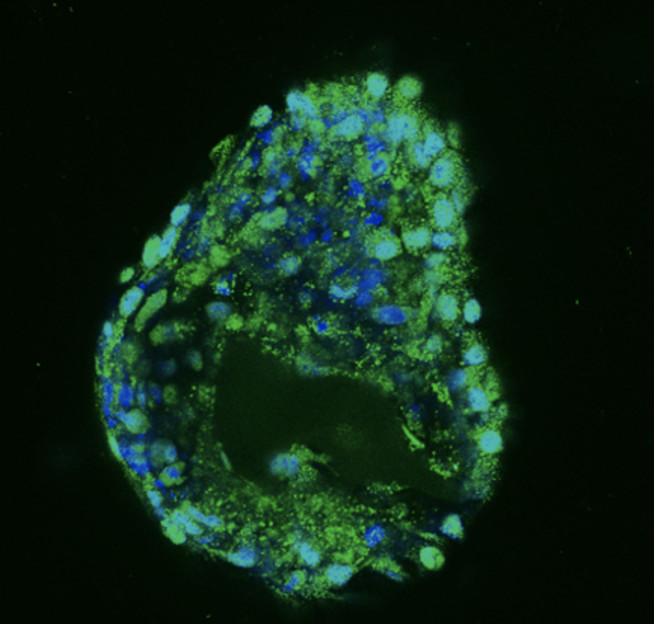New research could help heal cartilage after trauma or sports injuries

Researchers have investigated a new material that may regenerate articular cartilage.
Articular cartilage - the cartilage in our joints - stops our bones from rubbing or crashing into each other and cushions impact to our joints. In young people, joint problems often start with light damage to the articulate cartilage tissue through wear and tear, trauma or sports injury. However, the cartilage struggles to repair itself after injury, causing defects.
These defects affect millions of people worldwide. Treatment is currently limited to joint replacement with synthetic materials or regeneration of these joints through stimulation of fibrocartilage growth - via microfracture surgery. However, neither strategy is effective at repairing the cartilage. Cells in the bone marrow can produce new cartilage, but this tends to be temporary and scar-like.
Researchers from Imperial College London, UCL and the University of Warwick have investigated a new way to repair this articular cartilage, using new materials.
Using a new material to stimulate growth
A scaffold is a temporary framework to support cell or tissue growth, that will eventually biodegrade. Researchers used 3D printers to print a new silica-gelatin hybrid material into scaffolds to test if this could support cartilage growth. Gelatin was selected because of its similarity to collagen, the main component of our tissues.

The new hybrid material was first printed into scaffolds with channels that were 200 microns wide, with the aim to grow cartilage cells in these channels. Researchers found that the cells produced a matrix with hallmarks of articular cartilage.
The new hybrid material was then printed into scaffolds with channels that were 500 microns wide. The cartilage cells that grew were more like the scar-like cartilage typically found after cartilage trauma.
From this result, researchers concluded that the use of these hybrid scaffolds may improve articulate cartilage regeneration over current treatments.
Next steps
These results build upon research into scaffolds which was published in the Department last year. The scaffolds in this research were even able to direct stem cells to become cartilage cells and produce a high-quality cartilage matrix. This demonstrated that in the future stems cells could be redirected to help mend trauma.
Researchers hope these findings will accelerate improved clinical techniques for repairing damaged cartilage, initially in younger patients suffering trauma or sports injuries.
The full article '3D printed silica-gelatin hybrid scaffolds of specific channel sizes promote collagen Type II, Sox9 and Aggrecan production from chondrocytes' is now published in Materials Science and Engineering C.
Article text (excluding photos or graphics) © Imperial College London.
Photos and graphics subject to third party copyright used with permission or © Imperial College London.
Reporter
Kayleigh Brewer
Department of Materials